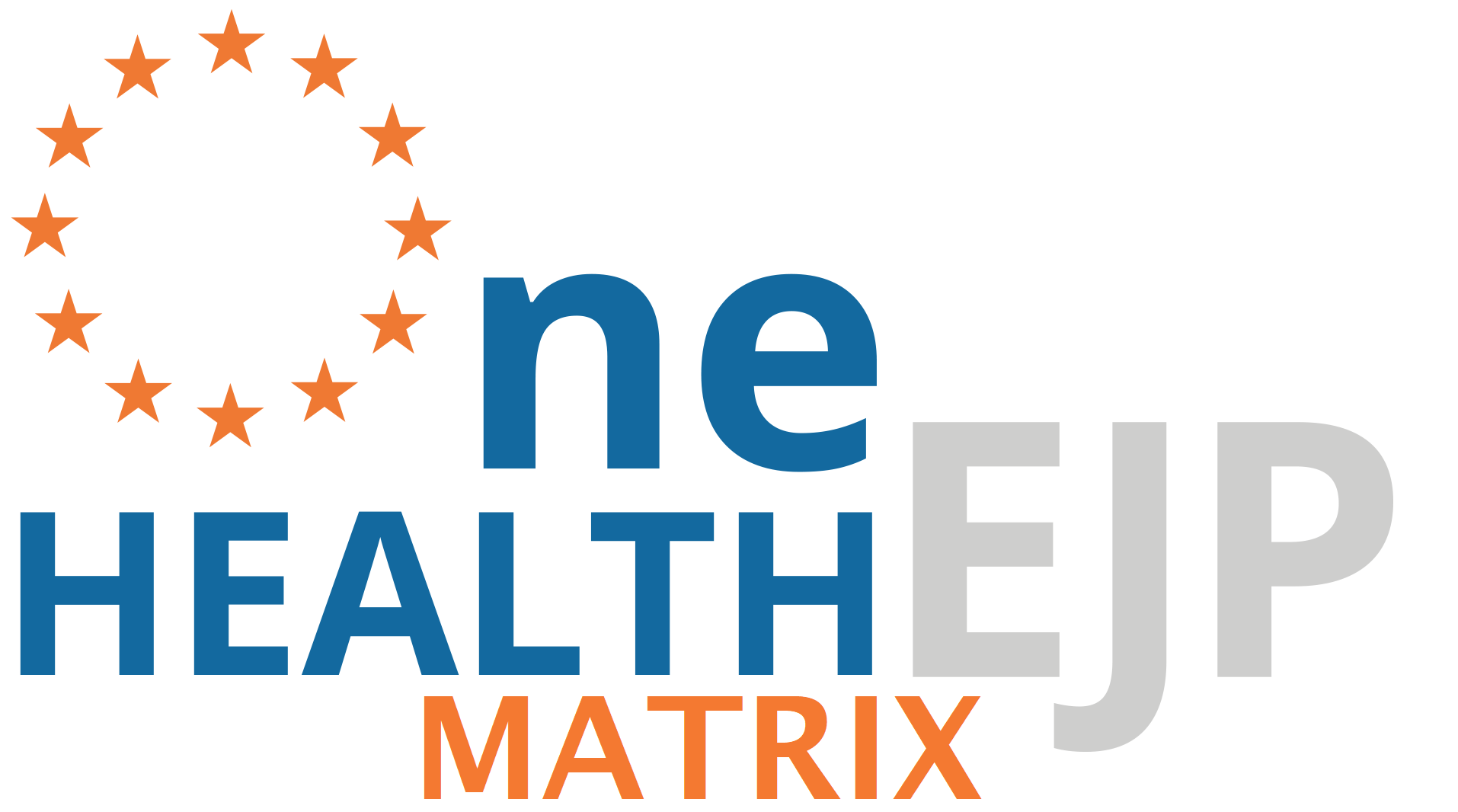An important, but perhaps often overlooked, step in designing a surveillance system is including the evaluation plan in the design from the outset. In doing so, you establish the evaluation intervals right from the start, ensuring evaluation does not become an afterthought and haphazard exercise.
Evaluating your surveillance system, after it has been implemented and running for a given amount of time, provides important information on: how well your system fulfils its stated objectives, what is working well, and which areas require improvement. Evaluation also allows you to consider the surveillance system in the current context and address questions such as, are the objectives still appropriate and are there new data sources that should be considered?
There are numerous frameworks, guidelines and tools for conducting evaluations of health surveillance systems. Which approach you use will depend on the focus of the evaluation you intend to perform. For instance, evaluation approaches can focus on evaluating the degree of collaboration, the ‘One Health-ness’, or the One health capacity of the system (see table below for examples).
Despite the different themes, most evaluation approaches include most, if not all, of the following elements.
- Defining the surveillance system under evaluation
- Designing the evaluation approach or program
- Implementing the evaluation program
- Drawing conclusions, developing recommendations and sharing these with relevant stakeholders
How the evaluation is going to be performed (what approach to be taken) is best determined at the time of initiation to ensure relevancy. However, what can be determined at the planning phase and included into the surveillance plan, is the intention to conduct evaluations, the expected time interval between evaluations and who/which party is responsible for seeing these through. Key indicators to be monitored on a long-term basis can also be decided upon at this point, and included as an addition to each evaluation plan.
Examples of evaluation frameworks, guidelines and tools available:
Evaluation framework, guideline or tool | Comments | Access |
NEOH | An evaluation framework based on a systems approach to evaluate the ‘One Health-ness’ of OH initiatives | |
OHEpiCap | An evaluation tool to assess the OH capacity in an existing OH surveillance system | Beta version |
ISSEP | The added value for integrated surveillance of AMR | paper |
CDC Guide to evaluating public health surveillance systems | ||
EcoSur | multisectoral collaboration | |
Framework for evaluating public health surveillance systems for early detection of outbreaks | mostly for syndromic surveillance systems | |
Joint External Evaluation tool | country capacity to prevent, detect and rapidly respond to public health threats |
